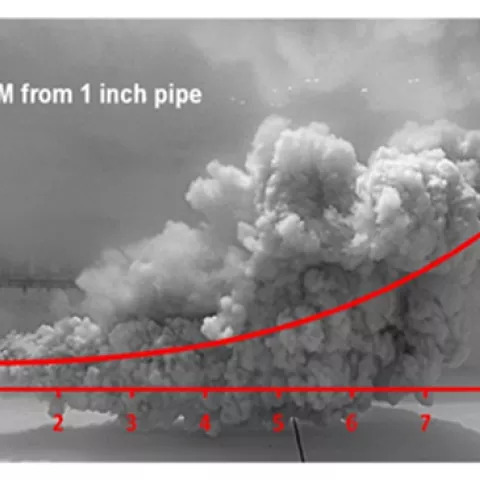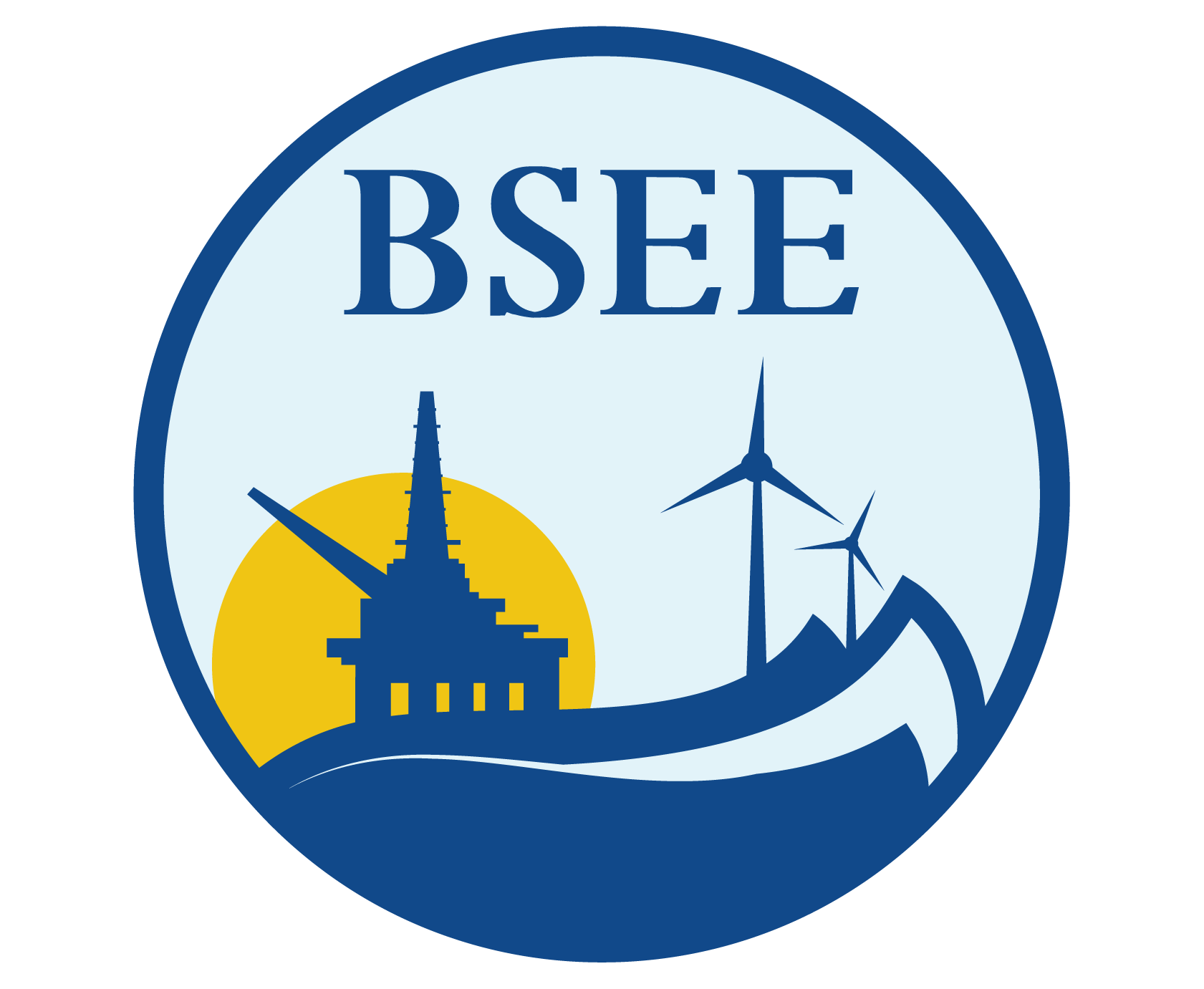Produces Largest Flow Rate ever Produced During an Intentional Hydrocarbon Release
The Bureau of Safety and Environmental Enforcement's (BSEE) Oil Spill Response Division sponsored large-scale testing by the National Energy Technology Laboratory last month to calculate flow rates from a subsea blowout. The tests, which took place October 27th-29th, were conducted at Ohmsett, BSEE's National Oil Spill Response Research and Renewable Energy Test Facility in Leonardo, New Jersey. The Ohmsett test facility was able to produce a subsurface flow of 30,000 barrels a day, the largest flow rate ever produced during an intentional hydrocarbon release.
The objective of the ongoing research, which is scheduled to be completed by June of 2015, is to develop an ROV mounted camera and software package that can calculate the flow rate of a blowout by tracking the physical features of the plume. The tests also provided an opportunity for other groups to record data as well. Faculty and students from the New Jersey Institute of Technology (NJIT) as well as Canada’s Department of Fisheries and Oceans, installed a large quantity of instrumentation to capture droplet size distributions, oil density throughout the plume, droplet velocities, and water samples. NJIT will use this information to continue to refine their VDROP model. VDROP is a comprehensive model for droplet formation of oils and gases in liquids.
BSEE is the principal federal agency funding offshore oil spill response research, and Ohmsett is a key part of the bureau’s Oil Spill Response Research Program. Ohmsett provides independent and objective performance testing of full-scale oil spill response equipment and marine renewable energy systems and helps improve technologies through research and development. It is the largest outdoor saltwater wave/tow tank facility in North America and is the only facility where full-scale oil spill response equipment testing, research and training can be conducted in a marine environment with oil under controlled environmental conditions. To find out more about the facility go here.
A list of oil spill response research projects can be found here.

